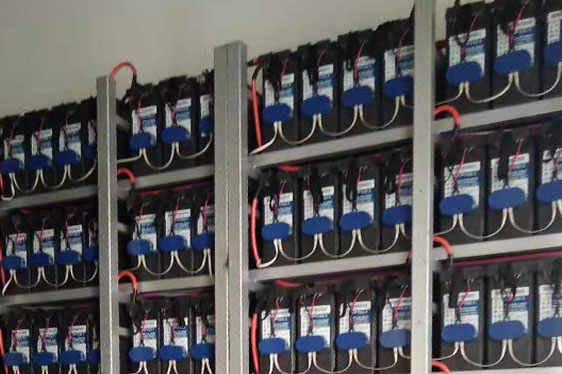Nov 21, 2020
In recent years, as environmental pollution has increased, countries have paid more and more attention to the development of clean energy and renewable energy. Energy storage, as an important technical support for improving the stability of renewable energy, has also ushered in considerable development. At present, the industry is most optimistic about the three energy storage technologies of lead-carbon batteries, flow batteries, and lithium batteries. However, the cost of flow batteries is relatively high, and the technology maturity is far less than that of the other two battery technologies. Li-ion batteries are used in single batteries. There is some problems inconsistency. Therefore, some people in the industry believe that lead-carbon batteries may become the most feasible energy storage technology.

Lead-carbon battery is an advanced technology battery evolved from traditional lead-acid batteries. The reason why it is called "advanced" is that lead-carbon batteries combine lead-acid batteries and supercapacitors into one. In terms of technology that takes advantage of the short-time and large-capacity charging characteristics of supercapacitors, it maintains the advantage of lead-acid batteries with a high specific energy. Thereby it has a good charge and discharge performance and long service life. In addition to the performance advantages, lead-carbon batteries also have obvious advantages in terms of cycle life, cost performance, safety, low-temperature performance, production, and recycling processes.
Although lead-carbon batteries have developed rapidly in terms of technology and application, the performance of carbon materials is still one of the main factors affecting the overall performance of lead-carbon batteries. According to Dr. Cao Gaoping of the Chinese People's Liberation Army Chemical Defense Research Institute, the porous carbon in the negative plate of the lead-carbon battery and the lead active material produce a synergistic effect, which significantly increases the specific surface area and stability of the plate, thereby improving the cycle life and charge and discharge capabilities of the battery. Therefore, in-depth research on the mechanism of carbon materials in lead-carbon batteries will further enhance the performance of lead-carbon batteries. In the future, in-depth research and application development of high-performance carbon materials will still be the focus of related research work, which will further improve the performance of lead-carbon batteries and realize their large-scale applications in energy storage and other fields.
The above information is provided by the energy storage system company.
How Do Solar Panels Help The Environment?
Nov. 23, 2021
Follow Us
Navigation